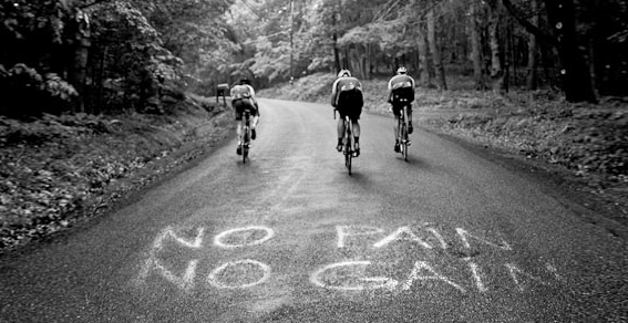Author




For further information log on website :
https://humancyclist.wordpress.com/2016/10/23/urban-hill-climb/

Climber’s cough plagues me. My lungs burn. It is six hours since I raced up Swains Lane in the brilliant Rollapaluza Urban Hill Climb race. Regrets? Sure, but only my tactics!
Hosted on my local hill, Swains Lane, a short sharp lung buster I’ve had an on-off relationship with for many a year. I’ve climbed it 94 times in 4 years, a tiny amount considering I think of this as my local hill. Why? Mentally Swains Lane has gotten into my psyche. It is the hill I think about when I talk about hill climbing, the hill I think about when I imagine pain. Lots of pain.
Swains Lane

Almost there
Many a moon ago, I was the fifth quickest rider up this hill, my personal best is now down to 17th on the Strava leaderboards. I remember that old ride, it made me happy for at least a week (I’d been focussed on this achievement for about two years!)
There’s just something irresistible about this hill. It’s a mere speed bump in the grand scheme of hills yet any hill ridden full gas will challenge you. Especially this one. It’s a bugger to pace correctly, with the steepest section near the middle leaving you with the hill climber’s classic dilemma: fast start or strong finish? If you think you can have both you’ve not ridden hard enough!
Tucked away from London traffic, walled on either side once you hit the halfway mark, the climb becomes your very own amphitheatre of pain, a walled colosseum where the ferocious gradient awaits, the crowd baying for blood, sweat and tears.
The race

Yours truly
This was my first Urban Hill Climb and only my second competitive race. Once again I loved it. Big crowds, lots of noise, photographers, commentary on the tanoy – this is as close as most of us will get to feeling like a pro.
Not that I felt pro when I crossed the finish line. I felt pains I’ve never had before despite many years of hill climbing. My hamstrings were crying, a weird pain I’ve never experienced. Lungs burning, I gulped for air like a fish out of water. My whole body was trembling so great was my effort. Not as bad as the chap who puked up though. Oh no.
I remember only snippets of the climb. Accelerating away from the start gates and reminding myself to stay low, to get seated quickly. Almost half way and checking my heartrate – high, but as planned, trying to pace myself for the steep wall ahead, of which I remember nothing! Steep gradient behind me, I was out of the saddle mashing a big gear way too slowly to be efficient, that horrible feeling of coming to a standstill. The finish, the pain.
How did I do? A modest 55th, my time ‘only’ 20 seconds off the podium. Those 20 seconds are a lifetime on Swains Lane yet my 3 year old PB is a good fifteen seconds quicker than this ride, so I have hope, assuming I’ve not long since peaked!
On the day I’d given the climb 100%. My only errors were starting too quickly (amateur!) and trying to grind my way to the finish when I would have been better off sitting and spinning.
All in all I was happy with my performance. The wheels have fallen off my training plan in the last couple of months and I never expected to set any PBs on this ride. My focus now is to continue my improvement in form with the aim of setting a few PBs up certain local hill climbs later this month.
Entertained by pain

A welcome helping hand
Once again I couldn’t resist watching the pain faces of my fellow riders, clinging on for the finish line, weaving and wobbling, the weary dance of the wounded, the finish line their only hope of respite. Huge respect to the riders who rode up the hill on cargo bikes complete with small child in the front! Ouch.
It was great to see so many youth and women riders, super quick too, especially the youth, some of who finished in the top riders overall.
A huge well done to the winner, Isaac Mundy who smashed the course record and finished 10s ahead of the nearest challenger. Just 4 seconds separated places 2-15! Emma Grant took the QOM and David Dugdale was the strongest veteran. Nathan Huynh was junior champion from a very strong youth field (joint second in the overall too – wow).
A great day out courtesy of the organisers and volunteers, oh, and the weather gods who held back the majority of the forecast rain everyone had feared.
The next day I went hunting more hills, beating four long standing PBs, my legs loose, as if the race the day before had unlocked some new super hill climbing power. Or form, as others call it! Onwards, and as ever, upwards.
Image 1, Ben Scruton, image 3: Yours truly, courtesy of Andy Thornely (thank you)
Advertisements
https://humancyclist.wordpress.com/2016/10/23/urban-hill-climb/









